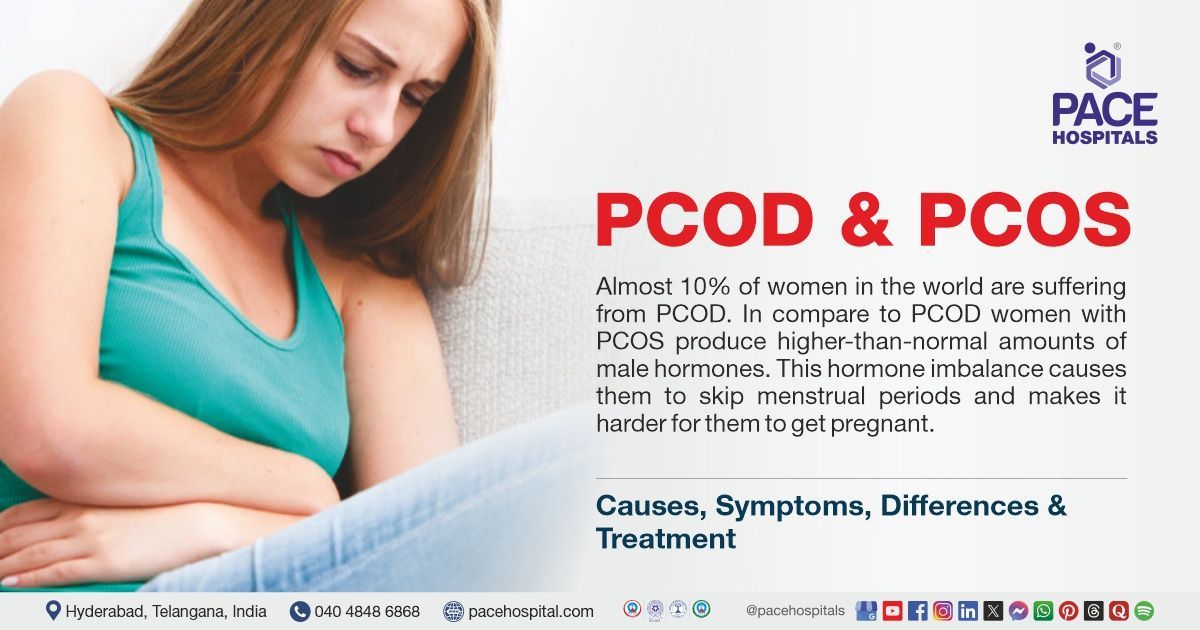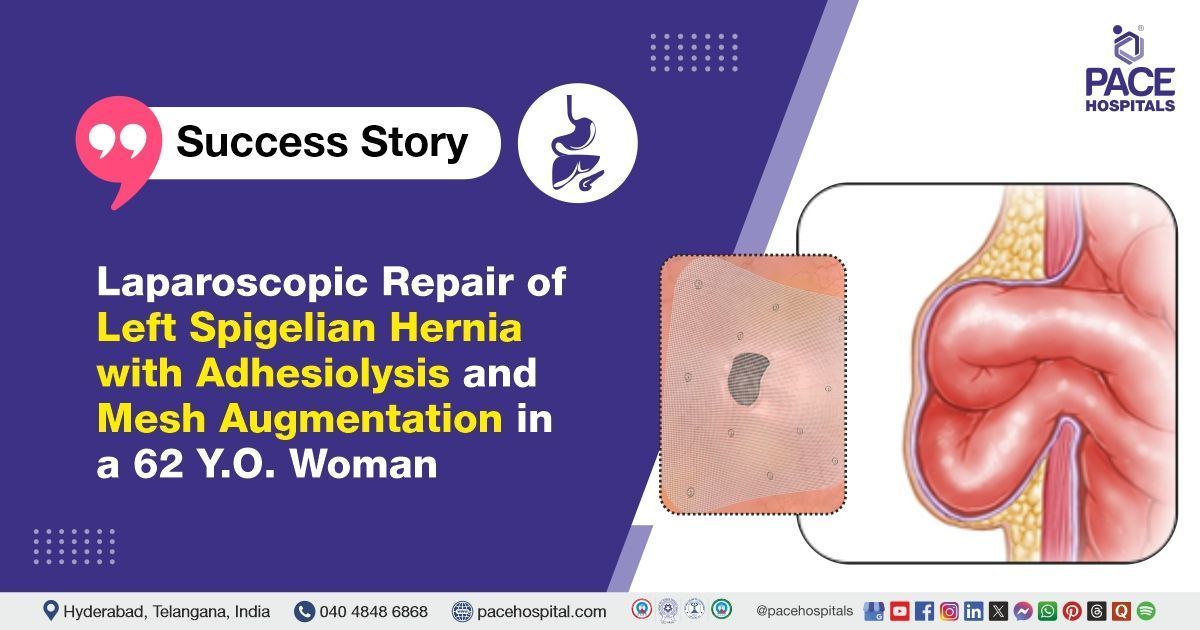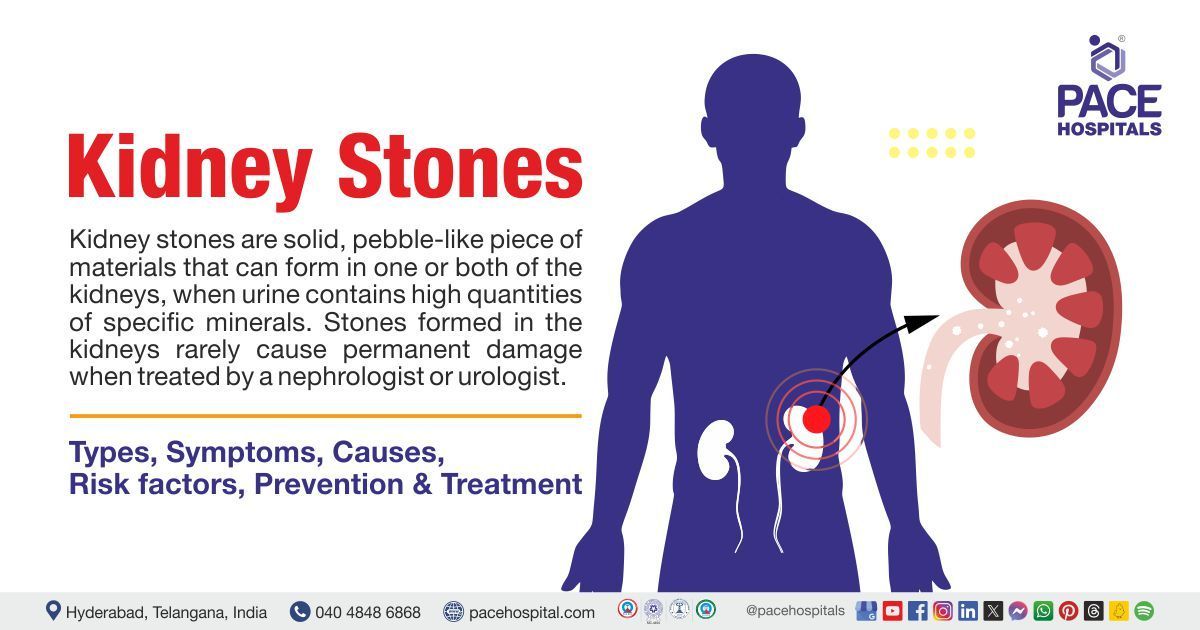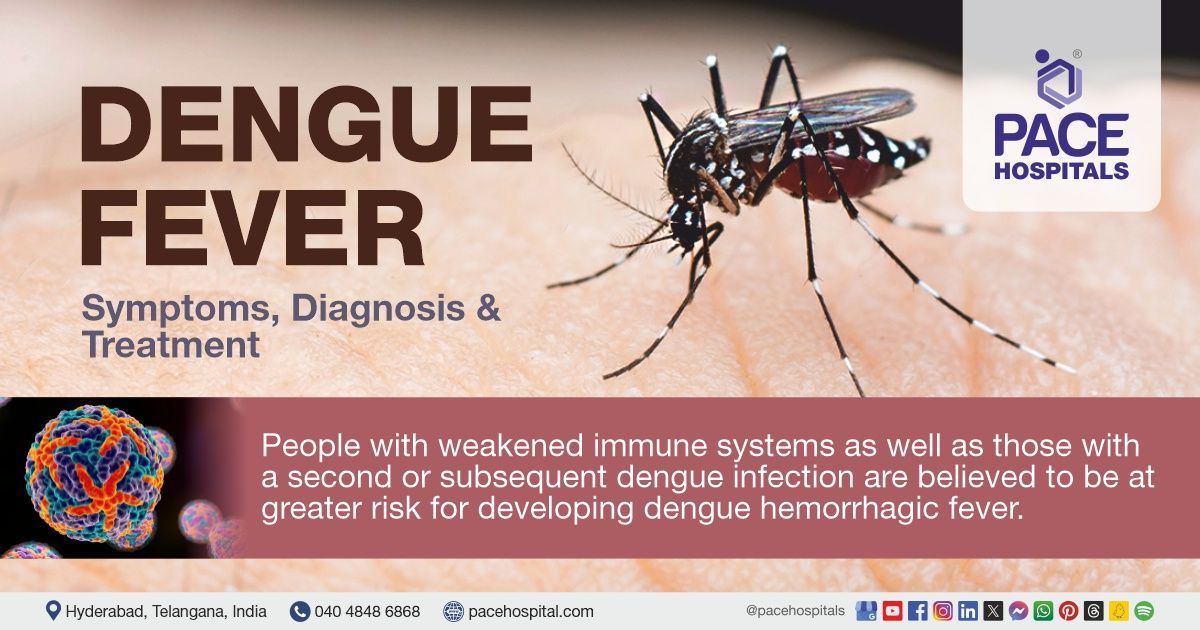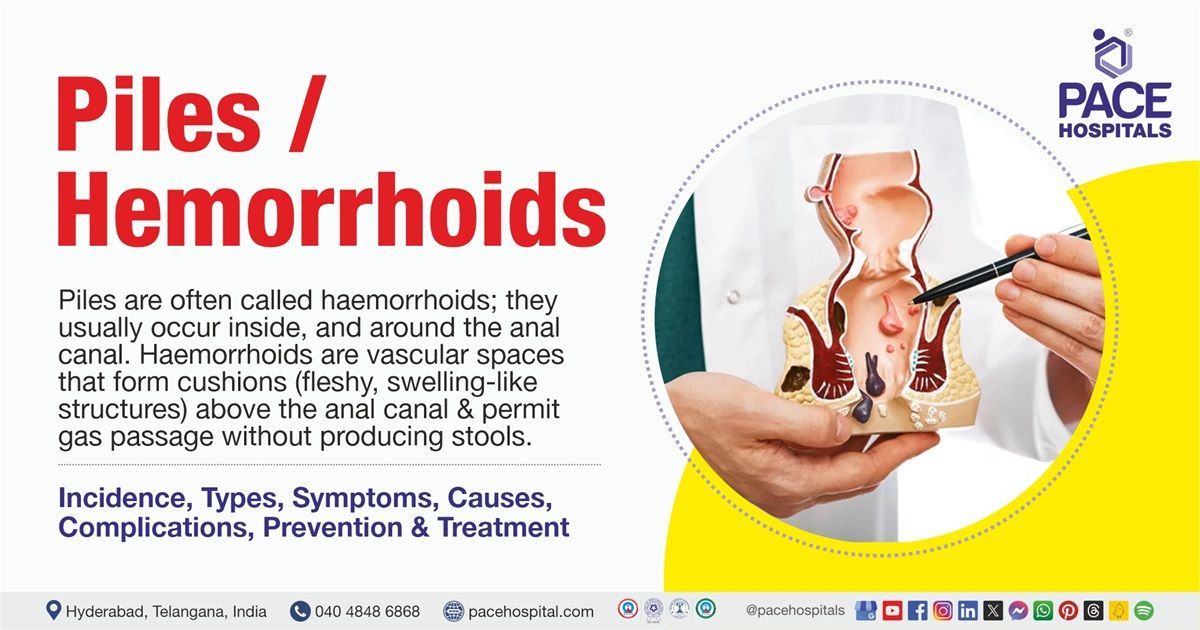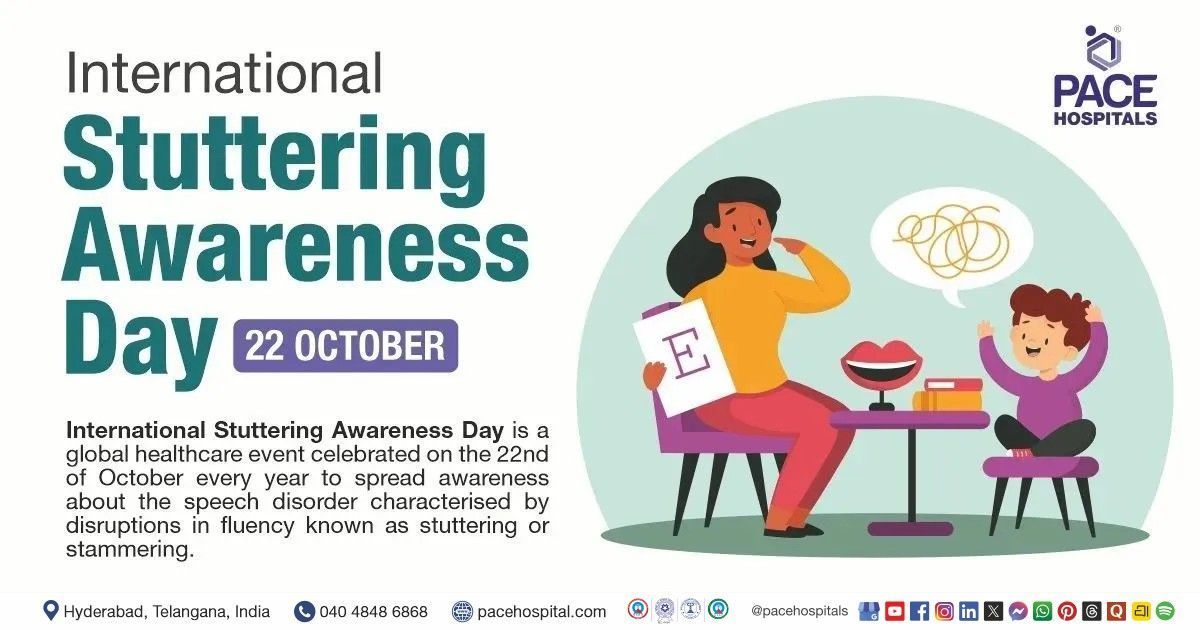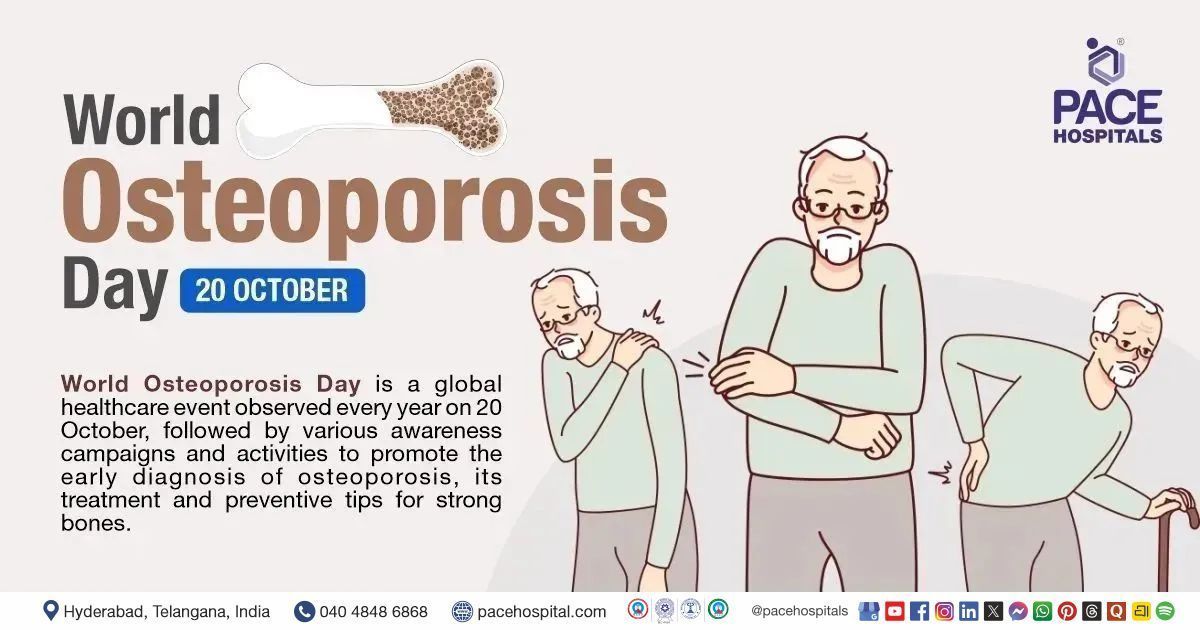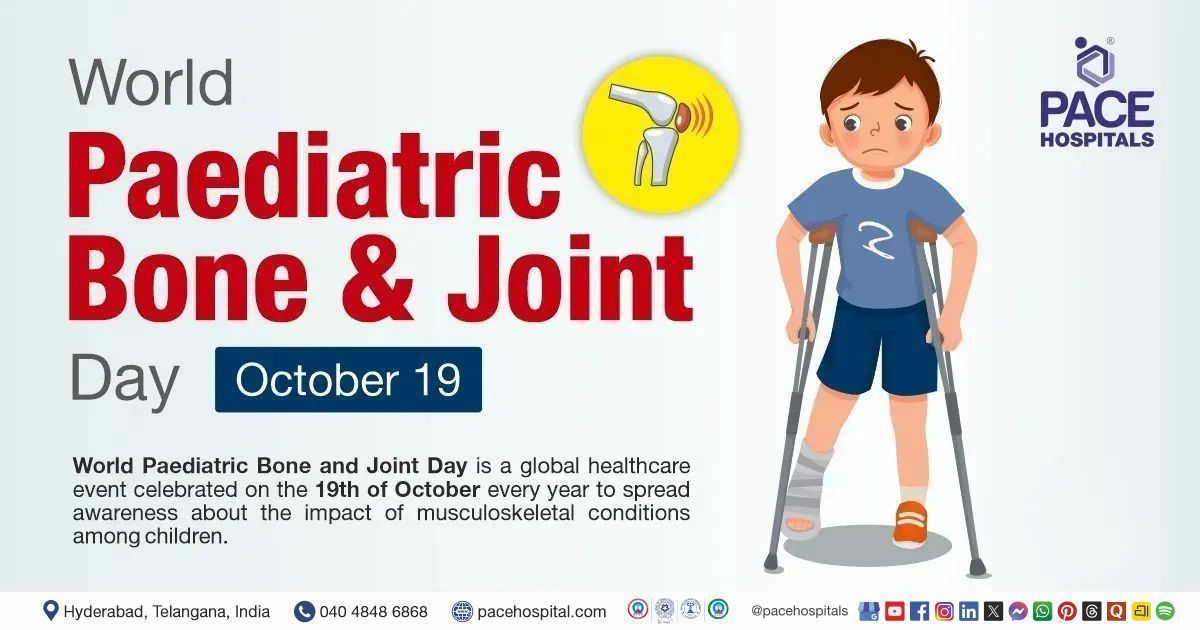Laparoscopic Spigelian Hernia Repair with Adhesiolysis & Mesh in 62 Y.O. Woman
PACE Hospitals' expert Surgical Gastroenterology team successfully performed a Laparoscopic adhesiolysis and total abdominal partial extraperitoneal dual mesh repair on a 62-year-old female who presented with a swelling in the left lower quadrant for one year, which had gradually increased in size and caused pain. The surgery was performed to relieve her symptoms, prevent further complications, and enhance the patient's mobility and quality of life.
Chief Complaints
A 62-year-old female patient with a
body mass index (BMI) of 22 presented to the Surgical Gastroenterology Department at
PACE Hospitals, Hitech City, Hyderabad, with the chief complaints of swelling in the left lower quadrant for the past one year, which had steadily increased in size associated with pain, which had progressively worsened over time, causing increased discomfort.
Past Medical History
The patient had a history of
hypertension (high blood pressure), for which she had been taking medication regularly to control it. Additionally, she had previously undergone mesh-plasty for the repair of an
umbilical hernia. These medical conditions were important considerations in the planning of her treatment and surgical care.
On Examination
Upon admission to PACE Hospitals, the patient's vital signs were stable. After a thorough physical examination, the doctors identified a bulge in the left lower quadrant of the abdomen.
The respiratory system showed bilateral air entry, the abdomen was soft and non-tender, and the central nervous system examination indicated that the patient was alert, conscious, and oriented to time, place, and person.
Diagnosis
The patient initially underwent a comprehensive clinical assessment at PACE Hospitals, which included a detailed history and physical examination by the surgical gastroenterology team. During the evaluation, it was found that the patient had been diagnosed with a left Spigelian hernia (a condition where abdominal contents are pushed through a weak spot in the muscles of the lower left abdominal wall, causing a lump or swelling).
To support the clinical findings, laboratory examinations, ultrasound imaging, and CT-Scans later confirmed the diagnosis of a left Spigelian hernia with a 3-cm defect containing an incarcerated small bowel. These radiographic findings correlated with the patient’s symptoms and confirmed the provisional diagnosis, guiding the team toward planning appropriate surgical intervention.
Based on the confirmed diagnosis, she was advised to undergo Laparoscopic adhesiolysis and total abdominal partial extraperitoneal dual mesh repair treatment in Hyderabad, India, under the care of the Surgical Gastroenterology Department, ensuring comprehensive management.
Medical Decision Making (MDM)
Given the patient’s symptoms, functional limitations in daily activities, and the confirmed diagnosis of left Spigelian hernia, surgical intervention was considered essential.
Following a detailed discussion with the patient and her guardians, Dr Suresh Kumar, Consultant Surgical Gastroenterologist, recommended Laparoscopic adhesiolysis and total abdominal partial extraperitoneal dual mesh repair as the most appropriate and effective treatment to achieve optimal stabilization and promote recovery.
The patient and her family were thoroughly counselled regarding the nature of the condition, the surgical procedure, potential risks, and the necessity of Laparoscopic adhesiolysis and total abdominal partial extraperitoneal dual mesh repair to restore function and promote optimal recovery.
Surgical Procedure
Following the decision, the patient was scheduled to undergo Laparoscopic adhesiolysis and total abdominal partial extraperitoneal dual mesh hernia repair Surgery in Hyderabad at PACE Hospitals, under the supervision of the expert in the Surgical Gastroenterology Department.
The following steps were carried out during the procedure:
Preoperative Preparation
The patient was evaluated under general anesthesia, and standard preoperative protocols were followed.
Adhesiolysis Technique
In this patient, adhesiolysis was performed laparoscopically using careful sharp and blunt dissection. A left Spigelian hernia with a 3 cm defect containing an incarcerated small bowel and dense omental, along with the presence of a previous mesh, was noted. All adhesions were successfully released during the procedure.
Mesh Placement and Fixation
A 15 x 15 cm dual mesh was placed in the patient's extraperitoneal space, with adequate overlap of the hernia defect, providing stability and reducing the risk of recurrence. Mesh fixation was done while avoiding tacks in sensitive areas to minimize the risk of entrapment neuropathy. The incarcerated small bowel was reduced, and the hernia defect was closed with a V-Loc suture.
Post-Procedure Inspection
The patient's bowel was inspected at the end of adhesiolysis and after mesh placement to rule out inadvertent injury, ensuring a safe and effective repair.
Postoperative Care
The procedure had been completed without complications, and the patient was stable throughout the surgery, postoperatively, she received intravenous fluids, antibiotics, and supportive care to promote healing and prevent infection. She showed steady improvement and was discharged in a hemodynamically stable condition, with appropriate follow-up plans in place.
Discharge Medications
Upon discharge, the patient was given a carefully selected set of medications to aid in recovery and decrease potential complications after surgery. The regimen included antibiotics to help prevent infection at the surgical site, pain relievers to ensure pain control, and antacids to protect the stomach from irritation that may occur with pain medication use.
In addition, Osmotic laxatives were prescribed to treat constipation and promote regular bowel movements, and she was advised to continue her regular antihypertensive medications to control blood pressure.
Advice on Discharge
The patient was advised to resume a regular diet and to continue taking previously prescribed medications. She was also instructed to avoid straining and lifting heavy weights to support proper healing and reduce the risk of hernia recurrence.
Emergency Care
The patient was informed to contact the emergency ward at PACE Hospitals in the event of any emergency or the development of symptoms such as fever, abdominal pain, or vomiting.
Review and Follow-up
The patient was advised to return for a follow-up visit with the Surgical Gastroenterologist in Hyderabad at PACE Hospitals, after one week for further evaluation.
Conclusion
This case highlighted the effectiveness of laparoscopic adhesiolysis and total abdominal partial extraperitoneal dual mesh repair providing a safe and effective solution for the patient's left Spigelian hernia with incarcerated small bowel. The surgical approach allowed for the successful reduction of the hernia contents, secure closure of the defect, and reinforcement with mesh. The patient experienced a smooth postoperative recovery with minimal risk of complications.
Significance of CT scan in diagnosis and management of left Spigelian hernia
CT scan played a crucial role in both the diagnosis and management of the left Spigelian hernia in this patient. Because Spigelian hernias are rare and often difficult to detect clinically due to their deep location and variable presentation, CT imaging provided clear visualization of the hernial orifice, sac, and the contents involved, such as the incarcerated small bowel. The detailed anatomical information obtained not only confirmed the diagnosis in the context of high clinical suspicion but also aided the surgical gastroenterologist / surgical gastroenterology doctor in preoperative planning. It accurately delineated the size and location of the defect, as well as the characteristics of the herniated contents, thereby facilitating safe and effective surgical management.
Share on
Request an appointment
Fill in the appointment form or call us instantly to book a confirmed appointment with our super specialist at 04048486868
Appointment request - health articles
Popular Articles
